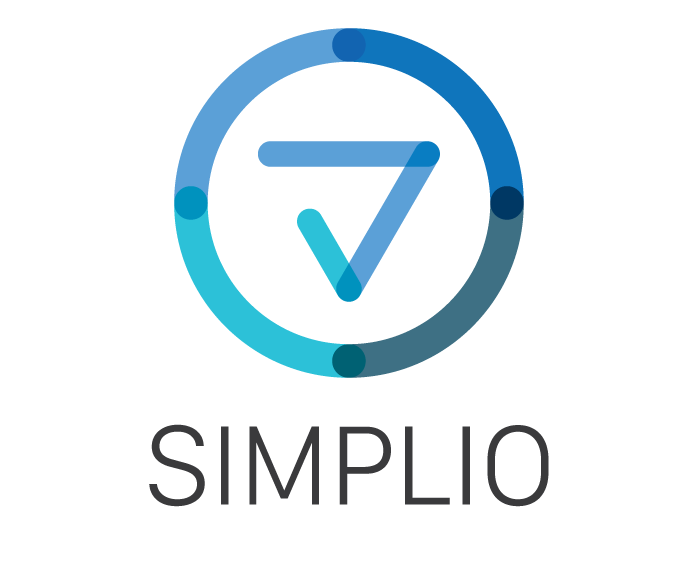As organizations make growing investments in internet of things (IoT) technology, IoT is becoming a major portion of IT spending. While part of IoT spend is capital expenditure, such as the cost of purchasing and deploying sensors or smart devices, much of it takes the form of operating expenses spent on cloud environments. Organizations running IoT services in the cloud can benefit from a modern approach to financial management, known as FinOps.
FinOps, a portmanteau of ‘Finance’ and ‘Operations’, is a practice aimed at bringing financial accountability to the variable spend model of cloud usage. It bridges the gap between cloud engineering, finance, and business. FinOps is not just about reducing costs, it’s about understanding the value delivered through your cloud investments, and making sure every dollar spent is delivering optimal value to the business.
The FinOps Foundation, a non-profit trade association focused on codifying and promoting FinOps best practices, defines FinOps as a financial operating model for the cloud. This model involves a combination of systems, best practices, and culture to improve an organization’s ability to understand cloud costs and make informed trade-offs.
Core Principles of FinOps
Collaboration Across Departments
One of the core principles of FinOps is collaboration across business, finance, and technology departments. The goal is to break down silos and create a culture of shared responsibility for cloud costs. This involves regular communication and alignment of objectives between these three critical teams.
In practice, this could mean regular meetings where representatives from each team come together to discuss and analyze cloud usage and costs. This provides a forum for each team to voice their concerns, share their insights, and work towards a common goal. It also helps to build a culture of transparency and accountability, which is crucial for effective cloud financial management.
Transparency of Cloud Usage and Costs
Cost transparency ensures that all stakeholders have access to relevant and timely information about cloud usage and its associated costs. It’s about shedding light on where and how the cloud budget is being spent.
This transparency enables informed decision-making and promotes a culture of accountability. It allows teams to identify inefficiencies, optimize resources, and ultimately, control costs.
Centralized Cloud Financial Management
Centralized financial management involves consolidating all cloud-related financial data in one place, providing a single source of truth for all stakeholders. This centralized approach simplifies management, improves visibility, and facilitates more effective cost control.
A centralized cloud financial management system allows for continuous monitoring and analysis of cloud costs. It helps to identify trends, spot anomalies, and forecast future costs. It also enables more accurate and timely reporting, which is crucial for informed decision-making.
Ownership and Accountability
Ownership and accountability means assigning responsibility for cloud costs to specific teams or individuals, ensuring that there is a clear owner for every dollar spent in the cloud.
This sense of ownership encourages teams to take a more proactive approach to managing their cloud costs. It also fosters a culture of accountability, where teams are held responsible for their spending decisions and are incentivized to optimize their cloud usage.
See this blog post for a comprehensive overview of FinOps, related practices and technologies.
Financial Aspects of The IoT Landscape
The IoT has the potential to revolutionize industries by providing real-time data and insights, enabling smarter decision-making and more efficient operations.
In many sectors, IoT deployments are on the rise, with an increasing number of organizations investing in IoT technology. However, despite the growing popularity of IoT, many organizations are still struggling to manage the costs associated with IoT infrastructure.
Cost Factors in IoT infrastructure
There are several cost factors in IoT infrastructure. These include the cost of devices, connectivity, data storage and processing, security, and maintenance. Each of these factors can significantly impact the overall cost of an IoT deployment.
Managing these costs effectively is critical for the success of any IoT project. However, this can be a complex task due to the dynamic and unpredictable nature of IoT usage.
Challenges in managing IoT expenditures
Managing IoT expenditure can be challenging. While the cost of IoT devices is a “lump sum” expense which is generally carried out at the beginning of an IoT project, other expenses can be unpredictable:
- The cost of connectivity can fluctuate based on usage.
- The cost of data storage and processing can also be significant, especially if large volumes of data are involved.
- Compute costs can be significant and can vary over the lifecycle of a project, depending on the data analysis needs.
- IoT deployments often involve multiple vendors and service providers, each with their own pricing models and billing systems.
Applying FinOps into IoT Deployment Lifecycle
The application of FinOps in the IoT deployment lifecycle can help companies better manage their resources, optimize costs, and achieve their business objectives.
Budgeting for IoT Projects With a FinOps Mindset
Budgeting is a crucial first step in any project. When budgeting for IoT projects, it’s useful to approach it with a FinOps mindset. This means understanding the total cost of ownership (TCO) of the IoT solution, including all costs associated with hardware, software, connectivity, integration, support, and maintenance.
The FinOps approach to budgeting also requires a thorough understanding of the value that the IoT solution will bring to your business. This involves identifying the key business outcomes that the IoT solution will drive and quantifying the financial impact of these outcomes. This could include increased revenue, reduced costs, improved customer experience, or other business benefits.
Budgeting with a FinOps mindset means being agile and flexible. The world of IoT is constantly evolving, and it’s crucial to be able to adapt and adjust your budget as needed. This could involve reallocating funds based on changing business needs or scaling up or down based on the success of the IoT deployment.
Predictive Cost Analysis
Predictive cost analysis means using data, algorithms, and machine learning to predict future costs based on current trends and patterns. This can help businesses anticipate costs and budget more accurately.
In the context of IoT, predictive cost analyses can be particularly useful. IoT deployments often involve significant upfront costs, followed by ongoing costs for maintenance, support, and upgrades. By using predictive cost analyses, businesses can forecast these ongoing costs and plan for them in advance.
Real-Time Cost Tracking and Allocation
With a FinOps approach, organizations can implement tools and processes to track costs in real-time. This allows businesses to gain visibility into their spending and understand where their money is going. It also enables businesses to allocate costs accurately, ensuring that each stakeholder is accountable for their share of the costs.
Implementing Cost-Effective IoT Platforms and Services
A FinOps approach to implementing IoT platforms and services involves conducting a thorough cost-benefit analysis. This involves comparing the costs of different platforms and services with the benefits they provide. It also requires considering the long-term value of these platforms and services, including their scalability, reliability, and ability to drive business outcomes.
Furthermore, implementing cost-effective IoT platforms and services requires ongoing monitoring and optimization. This involves regularly reviewing the performance and cost of these platforms and services and making adjustments as needed to ensure they continue to provide the best value for money.
Ongoing Cost Optimization Strategies
In the context of IoT, cost optimization strategies could involve consolidating IoT platforms and services, renegotiating contracts, or implementing more efficient technologies. It could also involve optimizing the use of IoT devices and data, for example, by reducing unnecessary data collection or optimizing device usage.
Furthermore, ongoing cost optimization requires a culture of cost consciousness within the organization. This involves fostering a culture where everyone understands the importance of cost management and is committed to cost optimization.
Usage Monitoring and Waste Elimination
IoT devices are a critical infrastructure for the organization. Usage monitoring can provide valuable insights into how IoT devices and data are being used and where there may be opportunities for optimization.
Waste elimination involves identifying and eliminating any wasteful usage of IoT devices and data. This could involve things like reducing unnecessary data collection, optimizing device usage, or eliminating redundant devices.
Applying FinOps to IoT deployment can help businesses manage their resources more effectively, optimize costs, and achieve their business objectives.
https://www.embedded.com/how-finops-principles-can-guide-iot-deployment/


